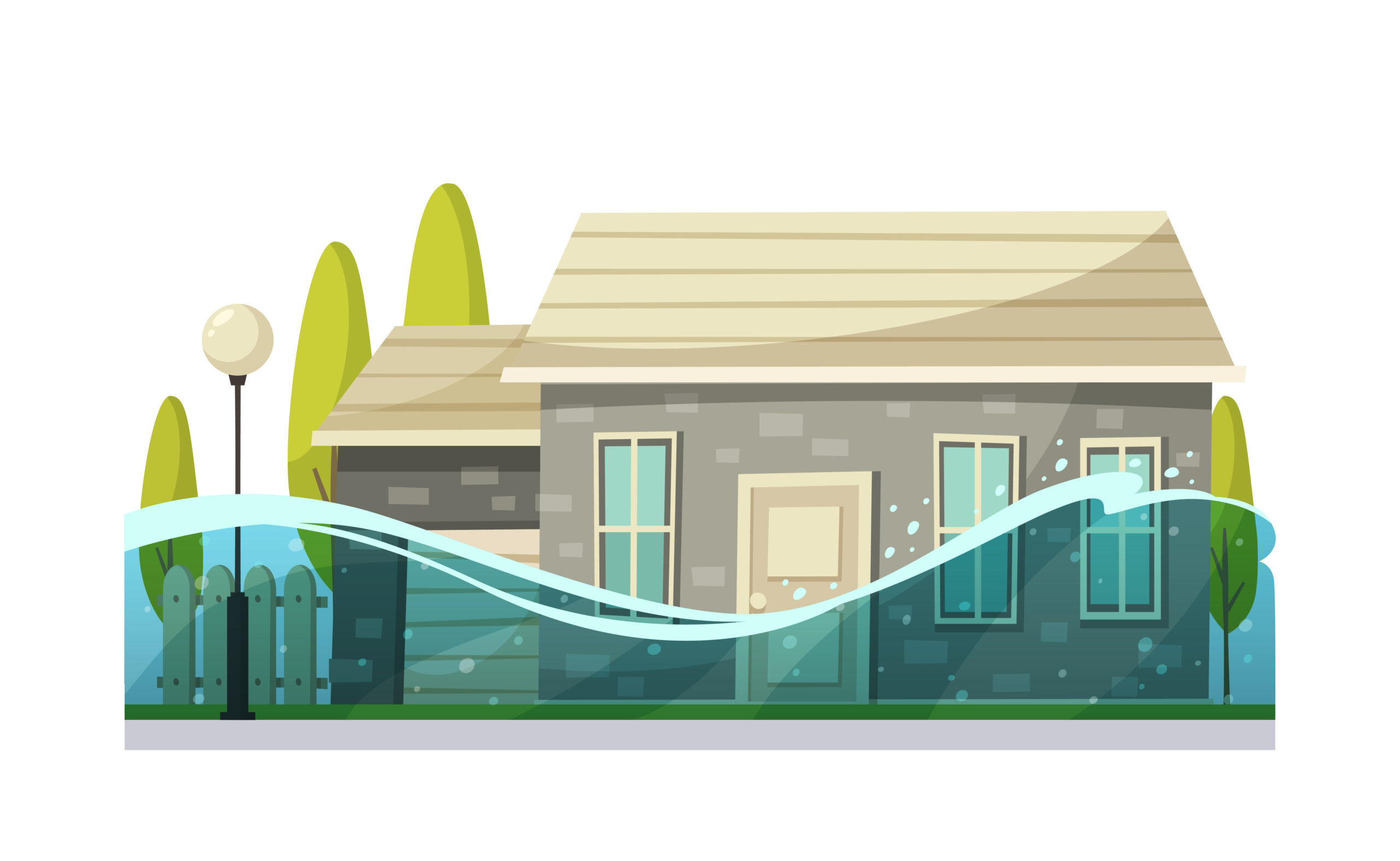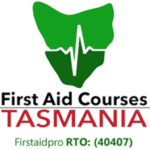Whether you work in a restaurant or the assigned cook in the family, knowing first aid is a basic kitchen safety essential.
Cuts, burns, and other injuries are inevitable no matter how much training you’ve received. To address that problem, we will cover the basics of kitchen safety in this blog, including the common types of injuries and how to treat them.
Safety In The Kitchen
The kitchen is where you can express your culinary creativity, but it is also where you can seriously get hurt. Burns from accidentally touching hot stoves, cuts from sharp knives, pain from having a fleck of hot paper to the eye… and the list goes on that can render you helpless in the kitchen.
The kitchen is full of dangerous items that can result in unfortunate accidents when handled incorrectly. Even the most safety-conscious and trained person can accidentally drop an item and suffer from an injury.
That is why being prepared for any mishap that can happen is important. Before tying your apron, make sure to know basic kitchen safety and first aid tips to have the best (and safe!) cooking experience in the kitchen.
First Aid Tips For Kitchen Safety
First Aid For Cuts
Having sharp knives is essential to an efficient kitchen, but these items need to be used with precautions, or else they lead to one of the most common injuries – cuts.
Knife storage is essential to prevent cuts, and there are also other factors to consider, such as accessibility, organisation, and blade protection. A knife should be easily accessible to the one cooking but is out of reach of children. It should be carefully organised and has a blade protector to prevent accidentally touching it.
Cuts or wounds from the knives should be rinsed with water and soap. Then, apply pressure to the wound site with a bandage or a clean cloth to try and stop the bleeding.
First Aid For Burns
Working with four burners and a hot oven can be a recipe for burns disaster. Reaching over a stove or sticking a finger in the oven can cause accidental burns.
For first aid treatment, run under or soak the skin in cool or lukewarm water for 20 to 30 minutes. Never use ice or ice water to the injury as it can cause more damage.
Remove any clothing or jewellery near the burn site and apply aloe vera or cream. Cover the burn area to avoid infection.
First Aid For Slips, Trips, And Falls
Slips, trips, and falls are some of the most painful and scary injuries to occur in the kitchen. It can result in minor bruising to more severe such as head injuries and broken bones.
Slips and trips often result in sprain and muscle overstretch. To treat these injuries, get the person to rest and apply an ice pack to the injury for at least 20 minutes. This will help reduce the pain and swelling.
For broken bones due to falls, arrange the person to go to the hospital. Call triple zero (000) if necessary. Continue providing support to the injury until help arrives.
Conclusion
Food is one of life’s greatest pleasures, and when it is cooked to perfection and presented in an artistic way, everyone can eat happily around the table.
However, good food comes often involves a dangerous environment in the preparation process. Using sharp knives, exposure to flames and boiling liquids, and using hot ovens often present risks to the one preparing the food.
To prevent unforeseen emergencies, it is important to never underestimate the risk and danger of kitchen and food preparation.
As an added layer of protection, we recommend those who work in the kitchen, whether for their professional career or a personal hobby, to take a first aid training course. Learn the basics of wound care, burn treatment, and address other emergencies that can happen in the kitchen.
To know more, visit our course page or get in touch with our team at courses@firstaidpro.com.au.








